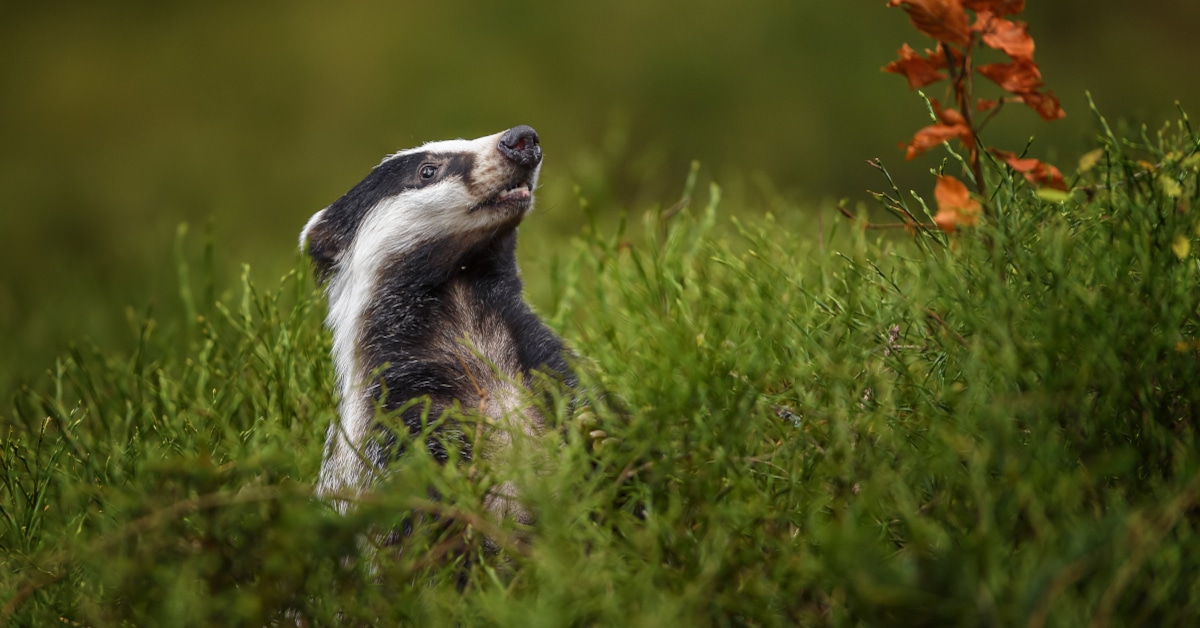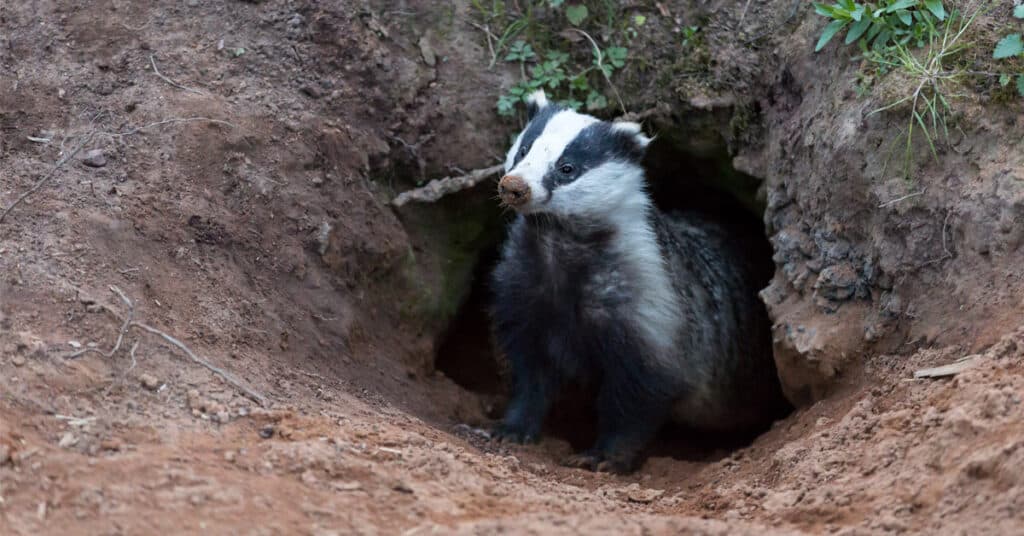The government has announced licences for 11 new supplementary badger cull zones. While the ‘intensive culls’ are set to end, the new licences show that the massacre of badgers is far from over.
Badger cull from Cornwall to Staffordshire
Natural England published 11 new supplementary cull licences on 7 June. They cover areas of Avon, Cheshire, Cornwall, Devon, Dorset, Staffordshire and Wiltshire. Alongside these new areas, Natural England also licensed 18 existing areas to continue cull operations in 2023. One of these – in Dorset – is now in its fifth year of supplementary culling.
Badger cull zones are split into two stages. The first is intensive culling, during which shooters and landowners use trapping and shooting to reduce the local badger population to 70% of its estimated population. Once that is achieved, the area then moves onto supplementary culling. These areas aim to maintain the badger population at 30%, allegedly in order to eliminate bovine TB (bTB).
Pro-cull bodies claim badgers are crucial in spreading bTB between cows. However, as Protect the Wild recently reported, a study published in May showed that cattle primarily spread bTB between themselves.
The government said in May 2021 that it would end new intensive culling licences at the end of 2022. It also said it would limit new supplementary licences to two years. However, this still puts tens of thousands of badgers at risk.
‘The most toxic wildlife management strategy’
Supplementary culling in 2023 already began on 1 June. That means it may already have started killing badgers. Commenting on Natural England’s latest round of licensing, the Badger Trust said:
“This new data reveals that between 1st June 2023 and 31st January 2024, as many as 29,000 badgers could be killed in supplementary cull areas alone”
This is in addition to the 210,555 badgers the cull has killed since it began in 2013. As a result, Badger Trust executive director Peter Hambly described the 2023 licences as the “most toxic wildlife management strategy in Britain’s contemporary history”.

Meanwhile, Devon County Hunt Sabs published a detailed breakdown of what the new licences mean for Devon. It said that the cull will lead to the murder of “between 1810 and 9692 badgers” in the county alone, and described these figures as “staggering”. It also highlighted the problem of badger population figures, saying the government is doing little more than guessing at the real number of the creatures. This sentiment was echoed elsewhere, including by Cornwall Against the Badger Culls.
The problem this presents, of course, is that it puts the existence of badgers across England in dire jeopardy. If the government doesn’t have a firm grasp on the number of badgers in the country, how does it know that its figures aren’t killing them off altogether?
Hellbent on destroying badgers
The government never said it would wind down its killing of badgers. In fact, as the Canary previously reported, it’s using supplementary licences as an underhanded way of expanding the number of badgers it will licence to murder.
Despite research repeatedly showing that cattle-to-cattle transmission – AKA bad farming practices – is the primary reason cows continue catching bTB, the government appears hellbent on using badgers as scapegoats. And as a result, they are now staring local extinction in the face.

